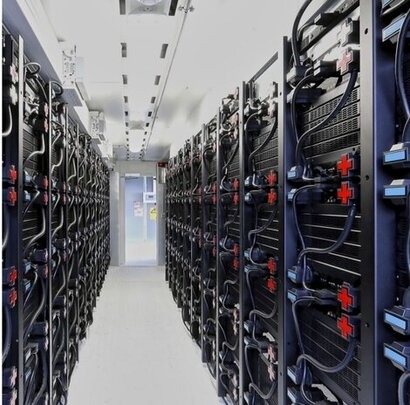
Long duration energy storage is widely considered to be essential for decarbonisation and there is a market for it of a similar order of magnitude to that for hydrogen, biofuels or carbon capture. It has the potential to become a major sub sector of the energy market as this market becomes dominated by intermittent renewables.
“I am delighted to publish an important piece of research into the role of energy storage” said Adam Forsyth, Head of Research at Longspur. “The requirement for energy storage in a market dominated by intermittent renewables is essential. We would go so far as to say that designing a renewable energy system without storage is like designing a car without brakes.”
The main conclusions reached by the report include:
Longspur’s analysis of academic reports suggests a total storage demand of between 355 TWh and 38 TWh depending on renewable penetration, with the low number assuming net zero targets for 2050 are missed. A central figure of 127 TWh could deliver a net zero outcome.
The report highlights the problems of low carbon generation being either intermittent, in the case of renewables, or insufficiently flexible, in the case of nuclear, concluding that storage is an essential component of the future’s electricity grid network.
The UK can add 30 GW of new storage before the charging cost rises materially above zero and before the discharge price falls below £50/MWh.
30 GW of storage represents around 50 percent of peak demand. The report concludes that this is a significant opportunity and if this opportunity presents itself in other similar markets, we are underestimating the opportunity for energy storage systems.
Different storage segments have different needs and will be best served by different technologies. Costs vary by duration and cycle lives, response times and locational constraints all vary but there are markets for all.
The key types of storage and their role in decarbonisation are as follows:
Lithium-ion works very well at short durations with two hours now dominating and is possibly competitive at up to four hours where high cycling can be avoided.
Flow batteries avoid cycling issues and could dominate the economics beyond four hours.
At long durations of more than 10 hours, thermal, compressed air and pumped hydro offer the large capacities required for multi day and seasonal storage.
Gravity, flywheels and supercapacitors can meet the rapid response, but short duration, needs required to balance power systems.
For additional information:

